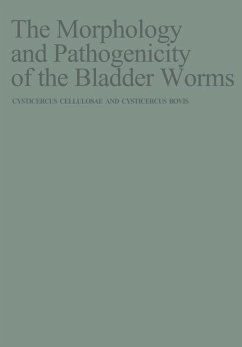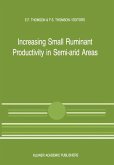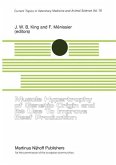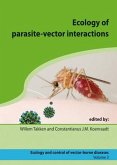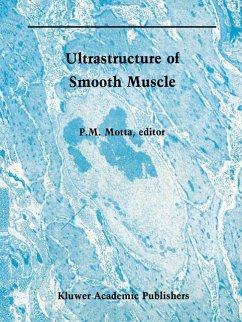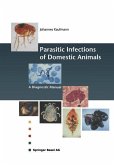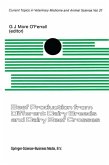The larval stage of taeniid cestodes, called the cysticercus, develops in the intermediate host from the oncosphere. The infection caused by cysticerci is called cysticercosis. Man is the only definitive host of two adult cestode species. One of them is the cestode Taenia solium Linne, 1758. Its larva is called Cysticercus cellulosae developing mostly in the muscles of swine. The other is Taeniarhynchus saginatus Goeze, 1782 and its larva Cysticercus bovis (C. inermis) develops in the muscles of cattle. Man can carry a cysticercus being its intermediate host, and suffer from cysticercosis. Because cysticerci are localized in the muscles of livestock, various measures have to be taken to prevent an infection of man with the adult cestode. These include a very strict inspection of the carcasses at the abattoir, a special treatment of infected meat or a certificate declaring it unfit for human consumption. The incidence of hu man tapeworms, being still relatively high in the population, can be controlled suc cessfully only by a comprehensive programme of eradication of muscle cysticercosis. There is no exact information available on fundamental processes in the biology of the cysticercus such as its development, its initial growth in the muscles, its meta bolism, the length of its life, the reaction of the host, the possibility of spontaneous healing. Such knowledge is not only of theoretical importance, but indispensable for successful control of the parasites and for the serological diagnosis of cysticercosis.
Hinweis: Dieser Artikel kann nur an eine deutsche Lieferadresse ausgeliefert werden.
Hinweis: Dieser Artikel kann nur an eine deutsche Lieferadresse ausgeliefert werden.

